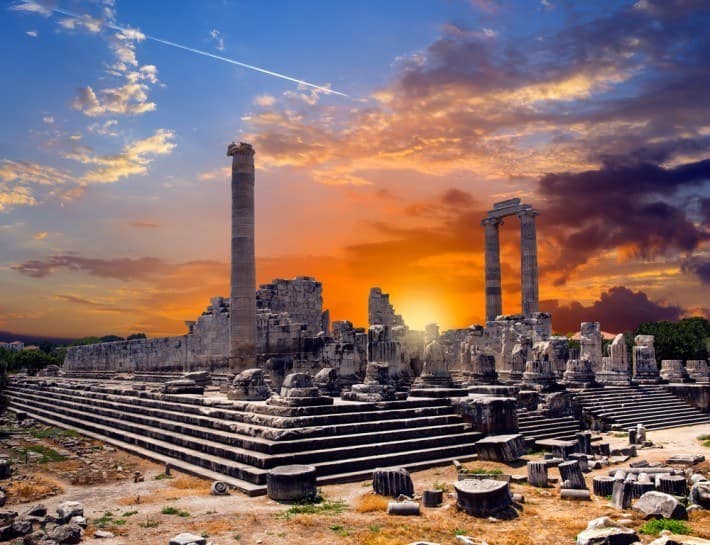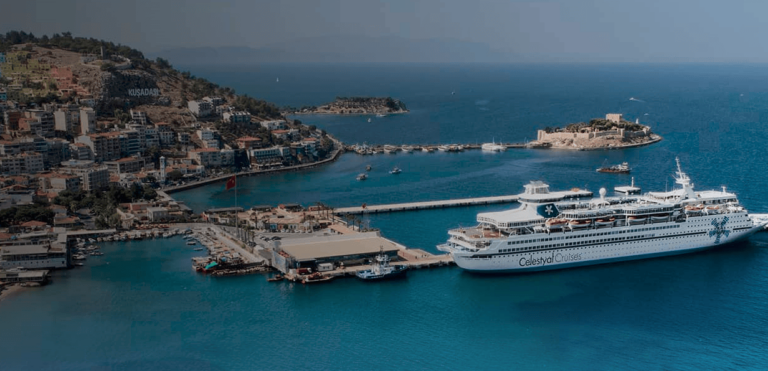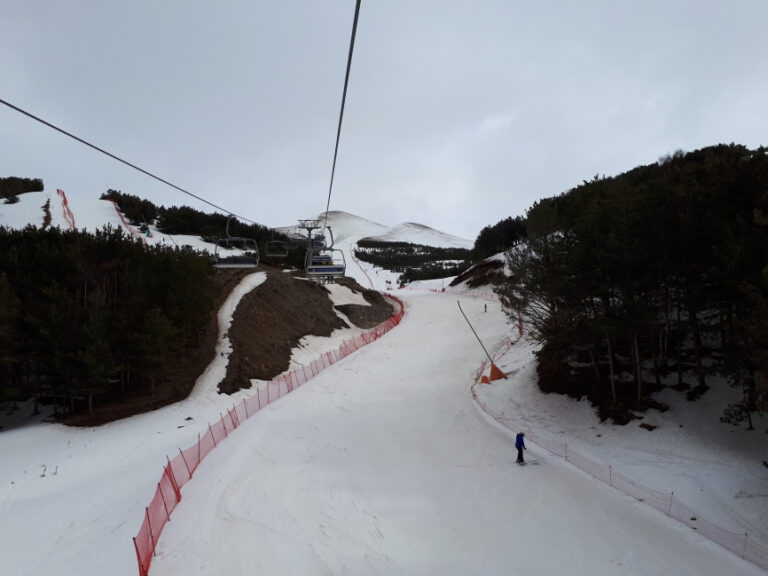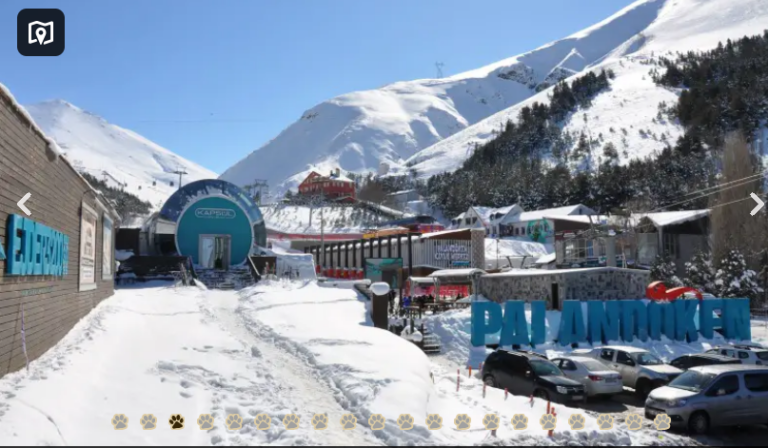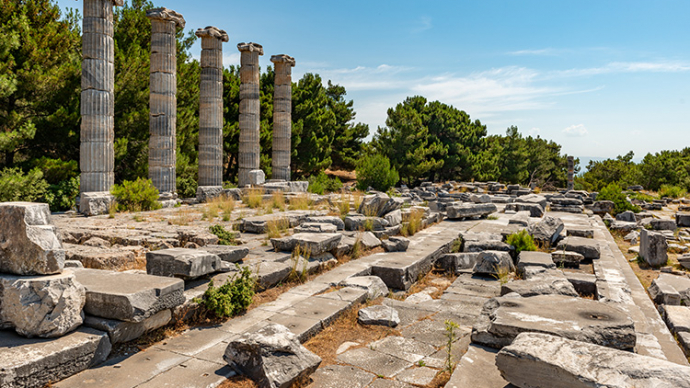
Turkey’s Aegean coast is a treasure trove of ancient wonders, and among its many gems lie the cities of Priene and Miletos. Once vibrant hubs of art, philosophy, and commerce, these two cities are now serene archaeological sites that tell the stories of their glorious past. Whether you’re a history buff or a curious traveler, Priene and Miletos offer a unique glimpse into the lives of ancient civilizations.
Why Visit Priene and Miletos?
Priene and Miletos might not be as famous as Ephesus, but they are equally fascinating. These ancient cities showcase remarkable examples of Greek and Roman architecture, urban planning, and cultural heritage.
Key Highlights of Priene and Miletos
- Rich History: Both cities played crucial roles in ancient trade, culture, and politics.
- Architectural Beauty: They feature well-preserved structures like temples, theaters, and baths.
- Scenic Locations: Nestled in tranquil settings, they provide a peaceful escape from modern life.
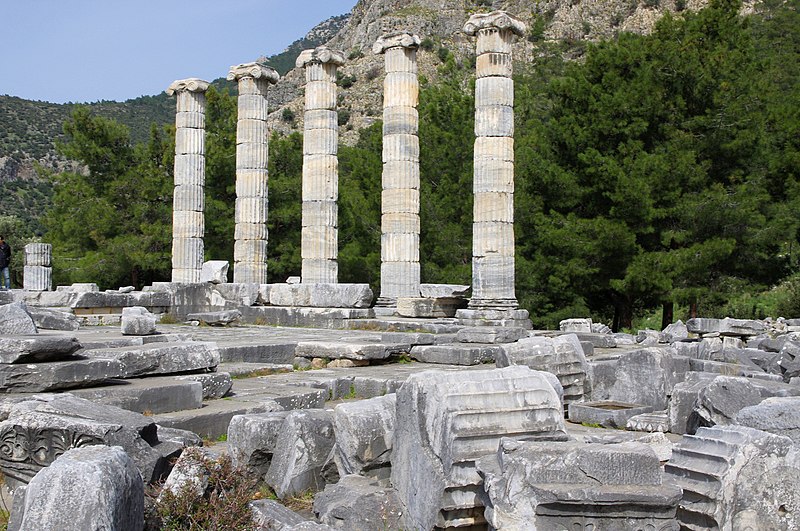
Discovering Priene
1. The Temple of Athena
Priene’s most iconic landmark is the Temple of Athena, designed by the famed architect Pytheos. Set against a dramatic mountain backdrop, this temple is a masterpiece of Ionic architecture and a symbol of the city’s devotion to the goddess Athena.
2. The Ancient Theatre
This 5,000-seat theater is a testament to the city’s cultural vitality. It’s remarkably well-preserved, offering insight into ancient entertainment and civic gatherings.
3. The Bouleuterion
The Bouleuterion, or council house, was the heart of Priene’s political life. Its ruins reveal the city’s advanced understanding of public administration and urban planning.
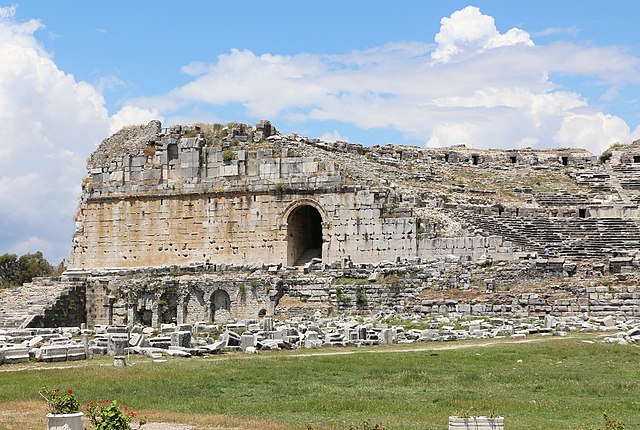
Exploring Miletos
1. The Great Theatre
Miletos’ Great Theatre is one of the largest in Anatolia, capable of seating 15,000 spectators. Climbing to the top rewards visitors with stunning views of the surrounding countryside.
2. The Baths of Faustina
These Roman baths, built in honor of Emperor Marcus Aurelius’ wife, Faustina, highlight the luxurious lifestyle and advanced engineering of the era.
3. The Delphinium
Dedicated to Apollo, this sanctuary was a focal point of religious activity in Miletos. Its ruins speak to the city’s spiritual significance.
Tips for Visiting Priene and Miletos
- Plan Ahead: Combine your visit to both sites for a full-day experience.
- Wear Sturdy Shoes: The uneven terrain requires comfortable footwear.
- Bring Essentials: Carry water, sunscreen, and snacks for your visit.
- Hire a Guide: A knowledgeable guide can bring the history of these sites to life.
Best Time to Visit
The best time to explore Priene and Miletos is during spring (April to June) and autumn (September to November). These seasons offer mild weather, ideal for outdoor exploration.
How to Get There
Priene and Miletos are located near the modern towns of Söke and Didim, making them easily accessible from major cities like İzmir and Kusadasi.
- By Car: Renting a car offers the most flexibility to explore both sites.
- By Bus: Public buses and minibusses connect nearby towns to the archaeological sites.
- By Tour: Many tour operators offer guided day trips from İzmir, Kusadasi, and Selçuk.
Where to Stay
For accommodations, nearby towns like Söke, Didim, and Kusadasi offer a range of options. From cozy guesthouses to luxury hotels, you’ll find something to suit your budget and preferences.
Final Thoughts
Priene and Miletos may not draw the same crowds as Ephesus, but their charm lies in their tranquility and historical richness. These cities offer a quieter, more intimate glimpse into the past, free from the bustle of larger tourist destinations. Whether you’re tracing the footsteps of ancient philosophers or marveling at stunning architecture, Priene and Miletos promise an unforgettable journey into history.
Start planning your trip today and uncover the secrets of Priene and Miletos!

